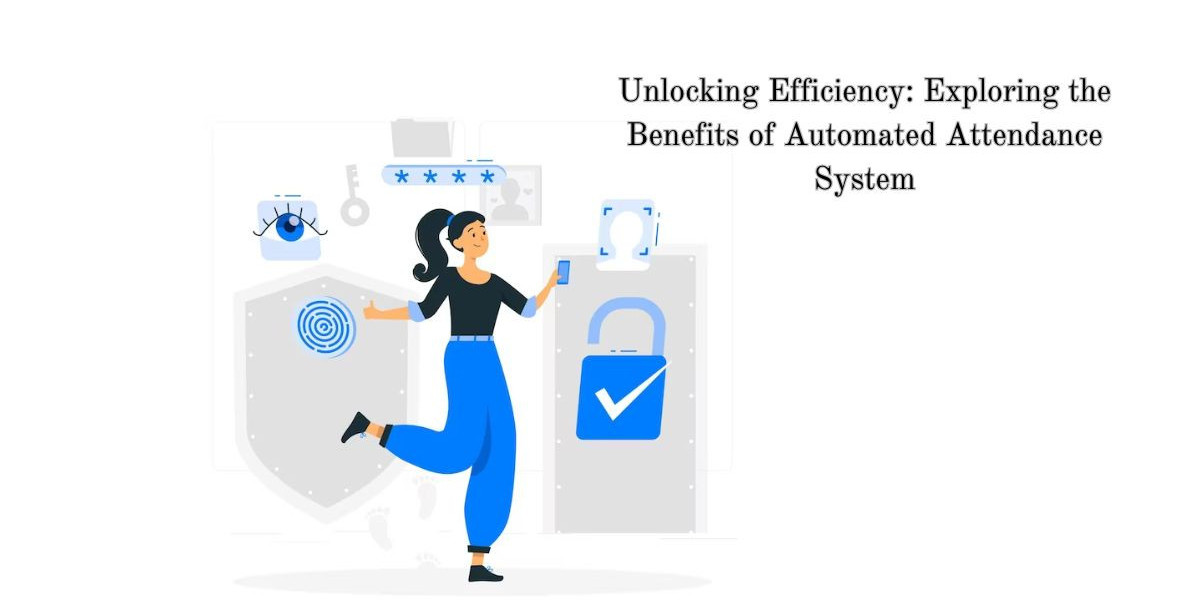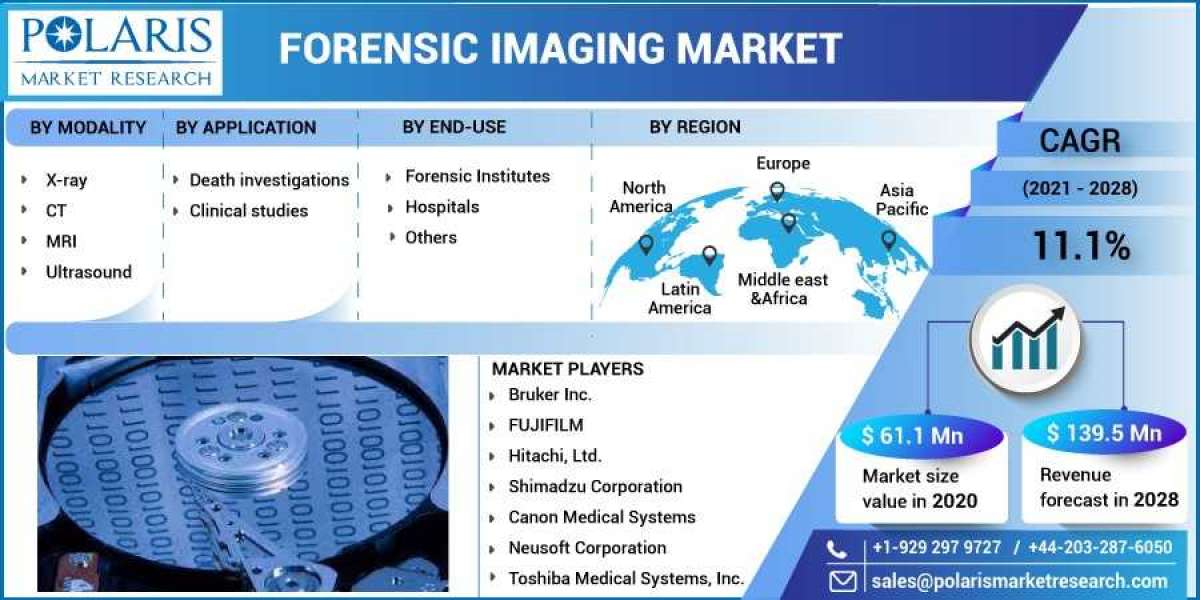Introduction:
In today's fast-paced business world, efficient workforce management is essential for organizational success. One crucial aspect of this is attendance tracking, which ensures accurate payroll processing and compliance with labor regulations. Automated attendance systems have emerged as a valuable solution to streamline this process, offering numerous benefits to businesses of all sizes. In this article, we'll explore the advantages of implementing an automated attendance system and how it can unlock efficiency in your organization.
Enhanced Accuracy and Precision:
- Traditional attendance tracking methods, such as manual timesheets or punch cards, are prone to errors and inaccuracies.
- Automated attendance systems use advanced technology, such as biometric scanners, RFID tags, or mobile apps, to accurately record employee attendance in real-time.
- By eliminating manual data entry and human errors, automated attendance systems ensure precise attendance records, leading to accurate payroll processing and compliance with labor laws.
Time and Cost Savings:
- Manual attendance tracking processes are time-consuming and labor-intensive, requiring significant administrative effort to compile and reconcile attendance data.
- Automated attendance systems automate repetitive tasks, such as time tracking, data entry, and report generation, saving time and reducing administrative overhead.
- By streamlining attendance management processes, businesses can reallocate resources to more strategic tasks, increasing overall productivity and efficiency.
Improved Compliance and Accountability:
- Compliance with labor regulations, such as overtime rules and recordkeeping requirements, is essential for avoiding legal penalties and ensuring fair treatment of employees.
- Automated attendance systems help businesses maintain accurate and up-to-date attendance records, facilitating compliance with labor laws and regulations.
- By providing a transparent and auditable record of employee attendance, automated systems promote accountability and fairness in the workplace, reducing disputes and conflicts.
Real-Time Visibility and Insights:
- Traditional attendance tracking methods often provide limited visibility into employee attendance patterns and trends.
- Automated attendance systems uses realtime attendance software allowing managers to monitor attendance remotely and take timely action as needed.
- Advanced reporting and analytics features provide valuable insights into attendance trends, absenteeism rates, and workforce productivity, enabling data-driven decision-making and strategic workforce planning.
Flexibility and Scalability:
- Automated attendance systems are highly customizable and adaptable to various business needs and requirements.
- Whether it's accommodating different shift schedules, remote work arrangements, or compliance requirements, automated systems offer flexibility to meet diverse organizational needs.
- Additionally, automated attendance systems are scalable, allowing businesses to easily expand and add new users or locations as their workforce grows.
Conclusion:
Automated attendance systems offer a wide range of benefits for businesses seeking to streamline their attendance management processes and unlock efficiency in workforce management. From enhanced accuracy and cost savings to improved compliance and real-time visibility, this attendance system empower organizations to optimize their attendance tracking practices and drive overall productivity and success. By leveraging the advantages of automated attendance systems, businesses can stay competitive in today's fast-paced business environment and achieve their goals more effectively.






